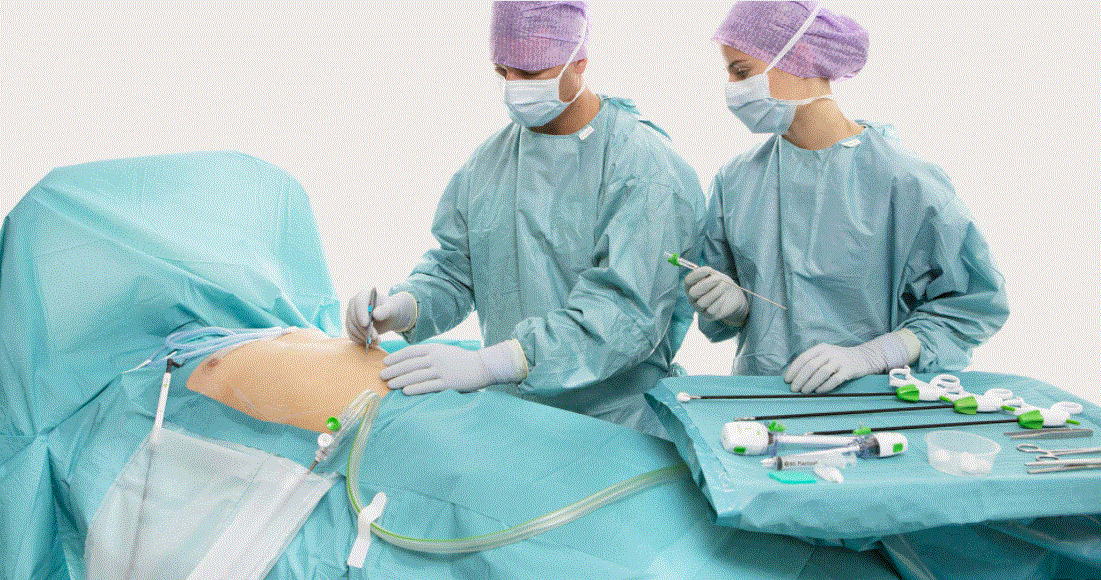Wound irrigator, or you can call it wound irrigation is a process that is performed to heal the wounds. If irrigation is performed properly, it can improve and enhance the healing process of the wound more quickly. This procedure is not as easy and simple as pouring saline over a wound before the wound needs to dress.
What it actually is?
Basically, irrigation of a wound involves the use of fluid in order to remove:
- Wound exudate
- Residual topical agents
- Surface bacteria
- Dressing residue
- Cellular debris
Purpose of wound irrigation:
The primary goal of this procedure is to remove debris, foreign material, exudate from the surface of the wound, and decrease bacterial contamination of the wound. This processing aid with the maintenance of a moist wound area provides debridement and enhances healing of the wound.
Types of wounds that can be irrigated:
Almost all types of wounds on the body can be irrigated. Gentle irrigation is carried out for the proper treatment of wounds and to heal granular wounds alongside bandaging in order to protect the bed of the wound.
Types of wounds that should not be irrigated:
All those wounds that are actively heavily bleeding should not be irrigated because this process may dislodge blood clots that are forming on the surface of the wound.
Advantages of wound irrigation:
No doubt that this process is easy and quick to perform, and at the same time, it is effective and inexpensive. Moreover, this process can be performed in almost all parts of the body. If a patient is unable to visit a hospital or a doctor’s clinic, he can be taught to perform this process at home.
How this process is performed:
There are a few points that should be kept in mind regarding this process:
- It is necessary to irrigate a wound every time the dressing of the wound is changed. In addition, wounds should be irrigated when the patient comes for its first assessment because it will allow for properly and completely assessing the wound.
- Saline, which is normally used, is also the most frequently used irrigant in this process. However, tap water can also be used as it results in faster wound healing.
- Pressure is another important factor that has proved to be effective irrigation. But pressure should not be too high nor too low; it should be between 4 and 15 psi.
So these are the essential things and information that you must be well aware of regarding a wound irrigator.


